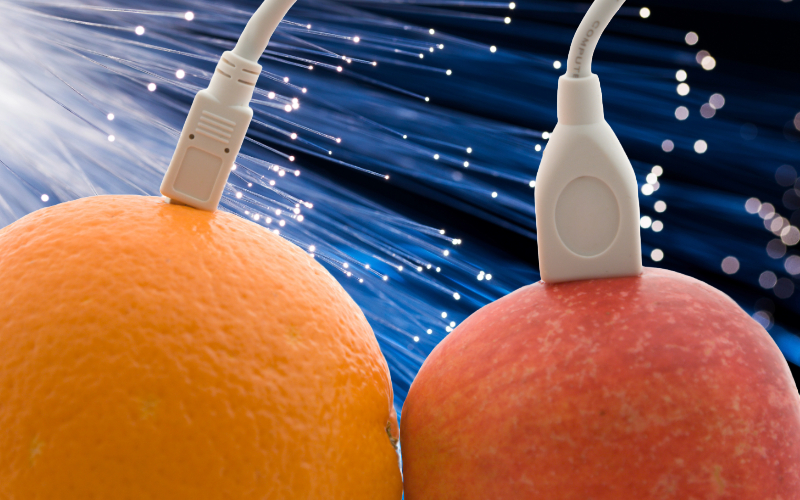
Hybrid Fiber Coax vs. Fiber-to-the-Home
HCF vs. FTTH: A Comprehensive Comparison
As internet technology continues to evolve, the debate between Hybrid Fiber Coax (HFC) and Fiber-to-the-Home (FTTH) broadband networks remains a hot topic. These two technologies have distinct differences in how they deliver data, their service capacity, and maintenance requirements. Let's take a closer look at the pros and cons of each to determine which is best suited for your needs.
Fiber-to-the-Home (FTTH), as the name suggests, utilizes fiber optic technology from end to end, ensuring seamless and lightning-fast data transmission. Its benefits are undeniable – high reliability, low latency, and virtually unlimited bandwidth potential. With symmetrical upload and download speeds, current FTTH networks offer 1G service, a speed that is set to double by 2030 and potentially reach 10G in the near future. Fiber optics provide an unbeatable advantage in terms of scalability, as upgrading electronic equipment at either end of the connection is easy and cost-effective.
On the other hand, HFC networks incorporate high-bandwidth fiber optic technology up until a mile away from the subscriber's premises. At this point, the signal is converted to radio frequency and transmitted through coaxial copper cable. While HFC networks can achieve impressive download speeds of up to 1Gbps, upload speeds are limited to 100Mbps with DOCSIS 3.0 cable modems. The introduction of DOCSIS 3.1 can increase download speeds to 10Gbps, with uploads capped at 1Gbps for premium service plans. However, the limited bandwidth offered by HFC is not sufficient to support the future needs of multiple home users simultaneously.
Bandwidth Considerations of Hybrid Fiber Coax vs. Fiber-to-the-Home
The need for speed cannot be overstated. With emerging technologies such as smart homes, virtual and augmented reality, online gaming, VPNs, and cloud networks, traditional broadband networks will struggle to meet the ever-increasing connectivity demands. Fiber optics offer the scalability and bandwidth required to fully support these advancements and prevent network congestion.
It is also important to consider the long-term costs and advantages of each technology. FTTX networks require minimal routine or preventive maintenance and can operate smoothly for 30 to 50 years. Cost-effective upgrades to transmitters yield significant performance improvements without disrupting services. In contrast, HFC networks demand regular preventive maintenance, susceptible to issues such as signal leakage, water damage, corrosion, and electrical access. Over time, the ongoing maintenance and equipment upgrades for HFC networks can surpass the costs of building and maintaining a fiber network.
Regarding service disruptions, HFC networks often require equipment upgrades, leading to inconveniences for subscribers due to interruptions in service. Well-designed fiber networks, however, eliminate the need for cable plant upgrades or extensive equipment maintenance, providing excellent performance and uninterrupted connectivity for decades.
In summary, investing in future-proof FTTX technology is a wise choice. While HFC networks may offer faster download speeds, the limitations on upload speeds and bandwidth capacity make them less viable for the increasingly connected world. The long-term benefits, minimal maintenance, scalability, and unbeatable performance of FTTH networks far outweigh the short-term cost savings of HFC networks.
Ultimately, the decision between HFC and FTTX will depend on your specific needs and future growth plans. For those looking to stay ahead in the ever-changing digital landscape, fiber optic connections are the superior choice.

